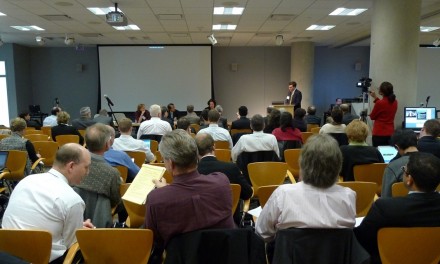We have been following the FDA's Software as Medical Device (SaMD) Pre-Cert pilot. The premise of the pilot is that a quality software development process, which has been certified by the FDA, can provide a reasonable assurance of safety and efficacy for low and medium risks SaMD without it being necessary to examine the product itself as in the more traditional pathway. There is supposed to be value in doing this quality approach, i.e., it's not just different but better.
In the latest update FDA has highlighted some progress and ongoing activity. In one exercise the FDA has retrospectively applied its excellence appraisal methodology to previously cleared products. It was determined that a regulatory decision could be made using the information acquired from the mock appraisal. In addition opportunities were identified to simplify the Excellence Appraisal and Streamlined Review
process for sponsors and reviewers.
The FDA also continues to work with pilot participants and other interested stakeholders who have volunteered for the 2019 testing to conduct an Excellence Appraisal and, in some cases, to test Pre-Cert program components through the review of a De Novo request or 510(k) submission (the FDA will also conduct traditional review for all test cases). The Pre-Cert team was available for questions/collaboration with participating companies as they prepared for their Excellence Appraisal. This availability helped companies (and the FDA) align expectations and share preliminary information with the FDA staff conducting the Excellence Appraisal, which helped focus the appraisal, reduce its duration, and meet the goals of Excellence Appraisal.
FDA also says it will continue to test the program as outlined in the 2019 Test Plan, including testing the PreCert model on new SaMD submissions. The information collected will be used to determine whether the results of the Pre-Cert pathway align with the results of the traditional pathway and satisfy FDA's regulatory requirements for safety and effectiveness.
Of course the ultimate test of whether safety and effectiveness has been achieved occurs after products are in the market place and being used with/on patients. While real-world data is being explored here the risk remains that products will be found not to be suitable, with some patients paying a price for the discovery of such information.



Recent Comments